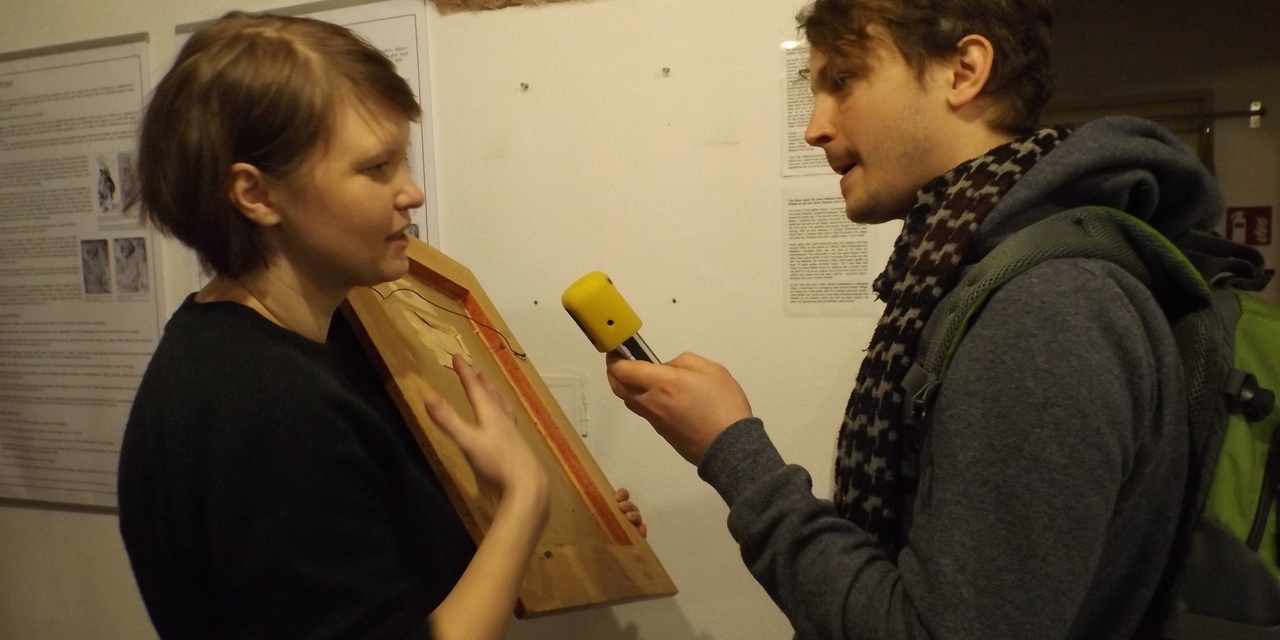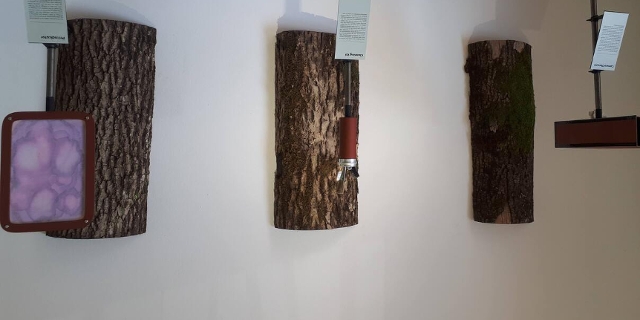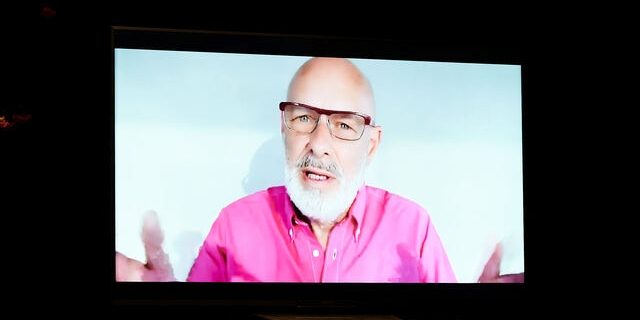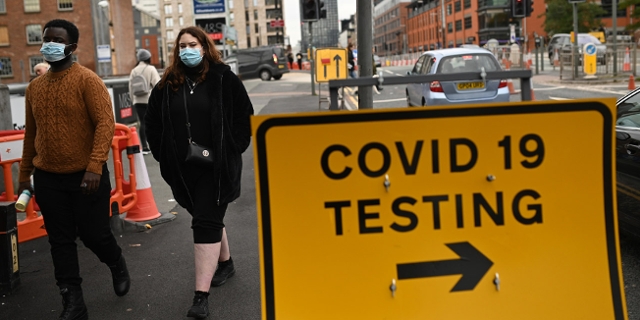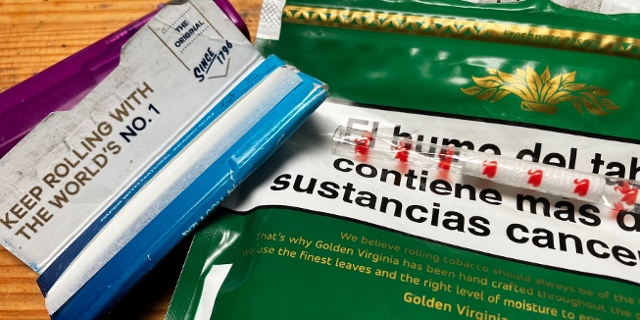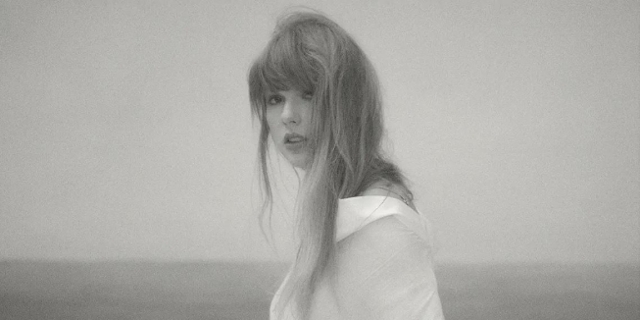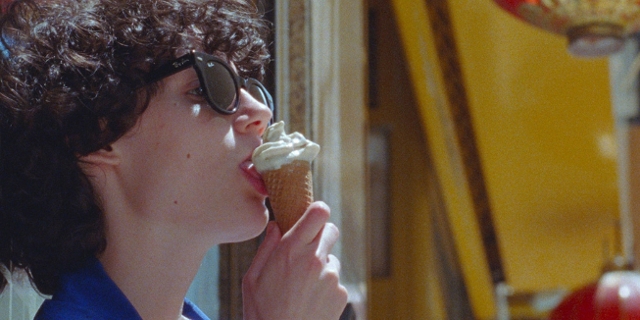Real Stories, Fake Art
Von Johnny Bliss
I have to admit, I really like weird museums. The more oddly specific and unusual, the better (as far as I’m concerned). And for that, Vienna is a great city! Whether we’re talking about the Globe Museum, or the Clock Museum, or even the strangely uplifting Undertaker’s Museum, Vienna is a great place to get briefly immersed in topics one wouldn’t ordinarily think about.
Which brings us to the Fälschermuseum, aka the Museum of Art Fakes!
At first glance, the museum just looks like any other art museum, with a reasonable number of paintings spread out on the walls, and small descriptive placards to explain the significance of each of them. Some of them look vaguely familiar, stylistically if nothing else, but there’s no forged Mona Lisa or anything else so clearly famous, where you’d immediately guess it wasn’t real.
No, it’s only when you take a closer glimpse at the descriptive placards that you realize that the stories they are telling are every bit as (or frankly more) interesting as the pictures themselves.
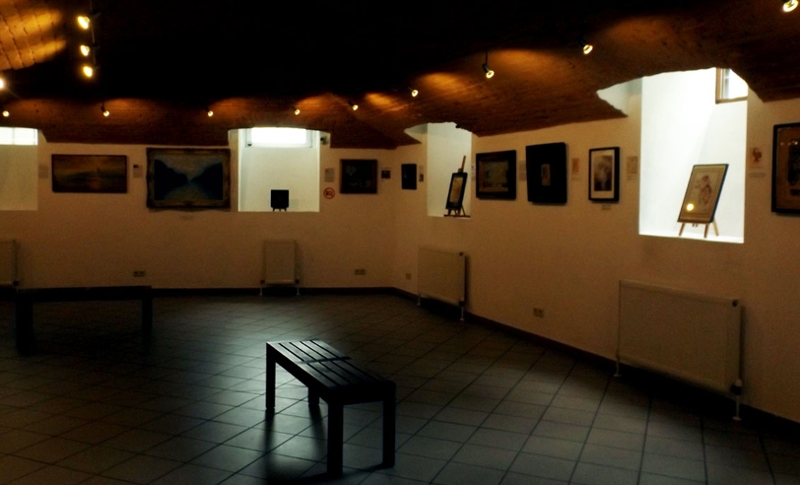
Johnny Bliss
I was lucky. The museum’s founder, an extremely cheerful and enthusiastic woman by the name of Diane Grobe, was available to take me around the museum, showing me her favorite individual art forgeries, and the absolutely inconceivable stories that accompany them.
Reality Check Podcast!
From June 25th to 29th, our roaming reporter Johnny Bliss was in Vienna at the Museum of Art Fakes, a.k.a. the Fälscher Museum, with the museum’s founder Diane Grobe, who is giving him a tour of her collection of fake artworks, and the real crime stories that accompany them. Murders, suicides, terrorism, and tragic love affairs, all of these things belong to the “stranger than fiction” real crime underbelly of the art world.
This broadcast on FM4’s Reality Check every day this week from 12pm, and is streamable seven days on demand.
Check out the Reality Check podcast!
The bizarre thing is, convincingly forging an art piece requires technical skill and more than a little bit of talent. For example, while I could paint a picture and call it a Rembrandt, it is unlikely anyone would believe me! It’s not easy work and you’ll never win accolades for it (at most, you’ll become infamous) and like any criminal activity, it comes with big risks, so why would anyone bother? Aren’t there easier ways to make a quick buck?
And while we’re at it, why would anyone open an art museum devoted to the topic?
Diane told me this: “Wir haben einen Fälscher kennengelernt, Edgar Mrugalla. Der ist in den Fünfziger Jahren zum Fälscher geworden. Er wurde zum Fälscher, weil er betrogen wurde. Zuvor hat er nach dem Krieg alte Häuser leergeräumt und dort Bilder gefunden, Caspar David Friedrich, Otto Müller, Picassos... Die hat er dann verkauft für 5 Mark, weil er gedacht hat, ‚Klumpert!‘. Und hat sich dann gewundert, dass das Bild dann in einer 5.000-Mark–Galerie hing. Und daraus wurde dann, ‚Ich muss auch sowas können und wissen!’
In den Achtziger Jahren hat er sich der Polizei gestellt, und hat ihnen auch einige Sachen gegeben. So Rembrandt-Radierungen hat er noch paar gehabt, das war das erste, was wir angekauft haben. Edgar Mrugalla hat für ungefähr 30 Millionen Euro Fälschungen gemacht, ist aber verarmt gestorben, hat nichts davon gehabt, denn ist immer wieder selber betrogen worden.
Es gibt noch mehr solche Geschichten: Mord, Selbstmord, Bombenbau, Nazi-Beschiss. Da haben wir gedacht, das ist spannender, als die Bilder in normalen Museen.“
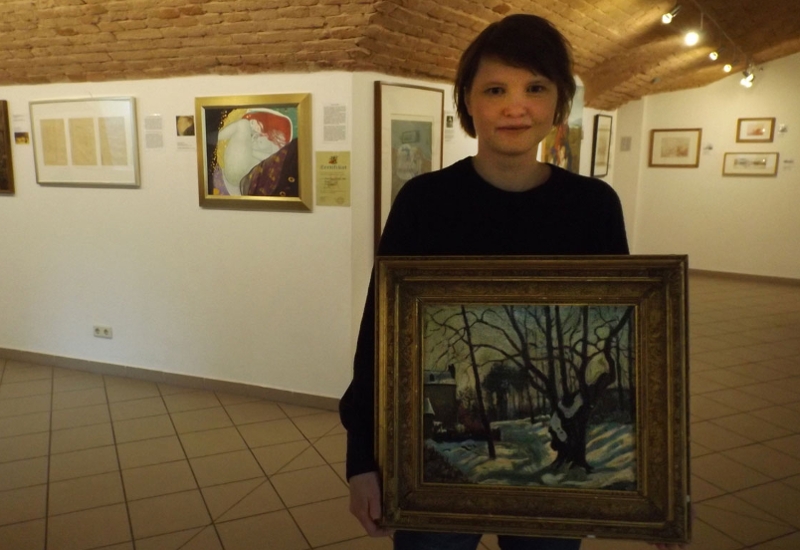
Johnny Bliss
Normally, of course, art fakes are created to be sold for a whole lot of money. Given that is the usual motivation, I wondered if Diane ever felt tempted to sell her whole collection on to unsuspecting galleries and flee to the Bahamas.
She just laughed.
Special thanks are due to Albert Farkas for his help with the transcript!
„Das ist nicht möglich. Die sind alle registriert in einer Datenbank. Wir hatten mal Studenten da, die haben angeblich einen Fälscher im Darknet interviewt. Der macht das so: er kauft irgendwelche billigen Zeichnungen, und packt in den Stapel eine Zeichnung im Stil von Schiele rein. Dann geht er mit diesem ganzen Packen an Zeichnungen zu einem geldgierigen Galeristen, und jammert dem was vor, seine Oma ist gestorben, er hat das alles geerbt, er kennt sich ja mit Kunst Null aus, und weiß ja gar nicht, was dazwischen so ist... Und ob das ein bisschen was wert ist. Der Galerist schaut das durch, sieht natürlich den vermeintlichen Schiele und versucht, ihn zu bescheißen. Der Verkäufer jammert, treibt den Preis noch ein bisschen hoch. Somit hat er was verkauft, ohne einen Betrug zu begehen, weil im Stil von Schiele zu malen ist ja nicht verboten. Der Depp ist dann der Händler.“
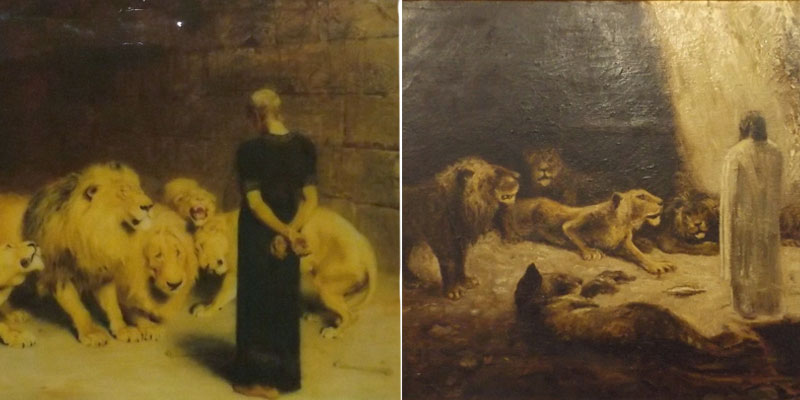
Johnny Bliss
Links das Faksimile des Originals, rechts die Fälschung
Of course, the Museum of Art Fakes is not the only museum that carries forgeries; it’s just the only one that does so proudly and knowingly. Diane told me that this happens more often than you might think!
“In Museen gibt’s ja auch nicht nur Originale. Man schätzt, dass zehn, fünfzehn Prozent Fälschungen sind, auch in normalen Museen. Die kommen durch Sammlungen rein. Mit der Batliner-Sammlung sind bei der Albertina ja auch ein paar Fälschungen reingekommen.
Außerdem gab es Zeiten, wo Bilder nicht signiert wurden. Die Bilder werden dann jemandem zugeschrieben. Wird es einmal falsch zugeschrieben, ist dann theoretisch auch eine Fälschung. Das Problem bei den Museen ist: sie haben nicht das Geld, das zu untersuchen, und sie wollen es oft nicht."
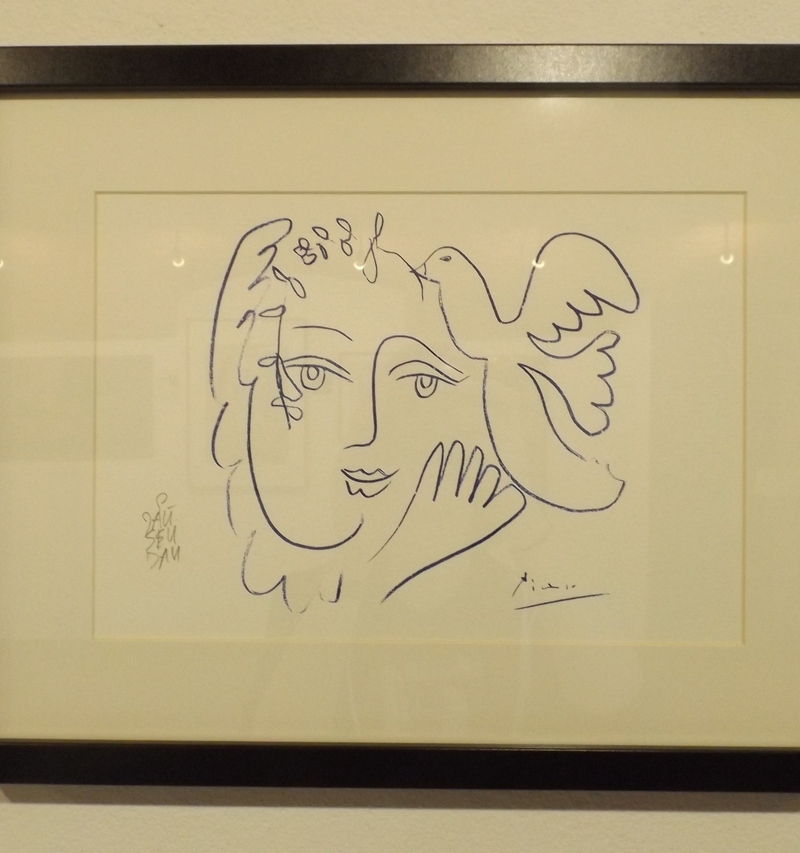
Johnny Bliss
Not Picasso.
Not only art is prone to forgery. One thing you might not realize is just how popular and expensive WWII and Nazi memorabilia can be. Naturally, this means there are a lot of Nazi fakes!
“In den Achtziger Jahren hat einer Hitler-Tagebücher gefälscht. Da standen dann so Sachen drin wie ’Heute Verdauungsschwierigkeiten‘, oder ‚Göring schon wieder irgendwelche Weiber flachgelegt‘, und dafür hat das Magazin Stern damals 10 Millionen Euro bezahlt. Das war komplett erfunden, aber in der Schrift vom Hitler. Das ist dann an so Nazi-Verrückte verkauft worden. Generell der Nazi-Markt, ob echt oder falsch, lohnt sich. Vor drei Jahren ist der gefälschte SS-Ausweis von Hitler für 5.000 Pfund verkauft worden. Letztes Jahr kamen einmal die echte Unterhose der Queen Victoria, gereinigt und gestärkt zu Aktuion. Und parallel dazu die benutzte Unterhose der Eva Braun, also Unterhose mit Benutzungsspuren. Weggegangen ist die Unterhose der Eva Braun für 3.000 Euro. Die war echt, angeblich.”
Publiziert am 29.06.2018







